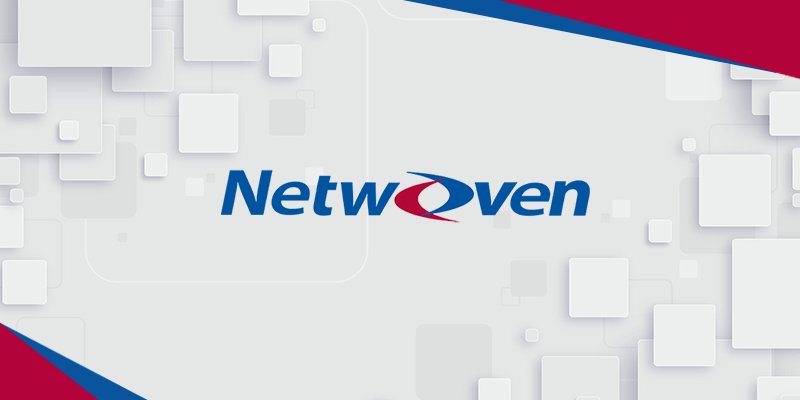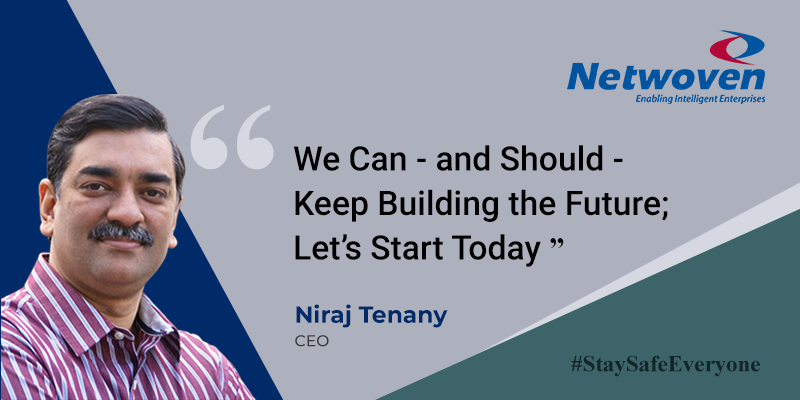This weekend I put together a list of vocabulary that Netwoven uses when engaging in Enterprise Social projects and opportunities. This is by all means not a complete set, but it starts to help people understand what you are talking about.
Also stay tuned for our SharePoint 2013 specific vocab list.
@Mention: a way of identifying a person in a post that lets the person know they were mentioned, usually by an @ symbol in front of the name, but Google Plus uses a + instead.
90-9-1 rule: 90% of users are “lurkers” that read and observe but don’t contribute, 9% of users contribute only occasionally, and 1% of users make the majority of postings in any one network
AstroTurfing: A tactic used by some to create a fake grassroots movement or buzz
Authenticity: Used to describe “real” people behind blog posts and other social profiles.
Avatar: An avatar is a name or image that represents a person on forums, social networks, and other websites. Usually a small picture or unique username.
Blog: A site updated frequently by an individual or group to record opinions or information.
Crowdsourcing: to harnessing the skills and enthusiasm of the crowd to contribute content and solve problems
Digg: A social news website that lets members vote for their favorite articles.
DM: A Direct Message is a private message from one person to another that others on Twitter cannot see.
Feed: In the social media world it applies to areas where information from your social network gathers and is presented.
Forum: also known as a message board, a forum is a site dedicated to discussion.
Geotagging: Geotags are location-based tags attached to status updates, media, or other posts that gives GPS information
Hashtag: The # symbol, called a hashtag, is used to mark keywords or topics in a Tweet or post. Identical hashtags are then grouped into a search thread as a way to categorize messages.
Meme: A means of taking viral concepts and making them everyday lingo.
Microblogging: Short message postings from a social media account. Facebook statuses and Twitter posts are two examples.
Online reputation management: ORM is the act of monitoring the social spaces for mentions of a company or person, often done by tools or applications that aggregate the networks.
Opengraph: This is an open protocol that Yammer, Facebook and other social networks use to enables a web page to become a rich object in a social graph.
Tag: Indicates or labels what content is about.
Trending: A word, phrase or topic that is popular a given moment.
Tweeps: Twitter + People = Tweople.
Viral: Anything shared across social networks that get passed along rapidly. YouTube videos are a great example
Wiki: Simple web pages that can be edited by other users.























